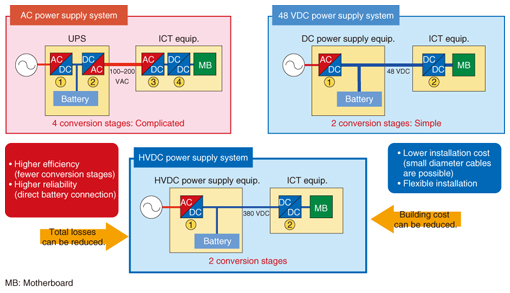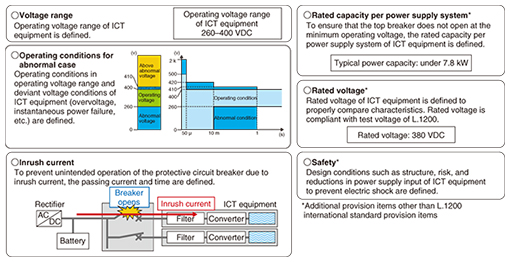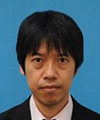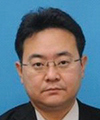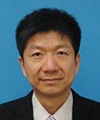 |
|||||||||||||
|
|
|||||||||||||
|
Feature Articles: Reducing the Environmental Burden of ICT Services Vol. 13, No. 3, pp. 40–46, Mar. 2015. https://doi.org/10.53829/ntr201503fa7 HVDC Power Supply System ImplementationAbstractThe high-voltage direct current (HVDC) power supply system is ready to implement and is expected to reduce energy consumption and costs in telecommunication buildings and datacenters. In this article, we explain the implementation status of this system and discuss standardization efforts. We also review the technical requirements and power supply system guidelines that were developed by the NTT Group to further promote HVDC systems. Keywords: HVDC power supply system, technical requirements, power supply system guideline 1. IntroductionThe NTT Group is working on various energy-saving measures for telecommunication buildings and datacenters. At NTT Energy and Environment Systems Laboratories, we have developed a high-voltage direct current*1 (HVDC) power supply system to supply power to information and communication technology (ICT) equipment in collaboration with NTT Group companies. It is the world’s first such system, and we are now shifting to the introduction stage. The HVDC power supply system uses DC 380 V, which is converted from commercial AC (alternating current) 200 V, and it supplies power to ICT equipment while charging the batteries [1]. If a power outage occurs, the battery directly supplies power to ICT equipment and acts as a backup to maintain the system until the upper engine generator starts and an engineer arrives. A comparison of a conventional AC power supply system, 48 VDC power supply system, and our HVDC power supply system is shown in Fig. 1.
The AC power supply system is mainly used in datacenters. However, power loss is greater than in DC systems due to the many conversion stages. Also, a DC to AC converter is necessary between the ICT equipment and the battery. Therefore, system reliability is the lowest of the three systems in Fig. 1. The 48 VDC power supply system is used in telecommunication buildings because it has a simple configuration and is highly reliable. However, the power consumption of ICT equipment has been increasing in recent years. Therefore, thick cables are needed, which causes problems in installation and system positioning. Our HVDC power supply system is based on the concept of the 48 VDC power supply system. It is therefore highly reliable and efficient. In addition, the use of high voltage means that it does not require large-diameter cables. We organized the entire configuration of the HVDC power supply system and developed various power supply devices such as rectifiers, power distribution frames, and power outlets in cooperation with NTT Group companies. To improve safety, we developed a non-exposed connector and an outlet to avoid the risk of electric shock. We also devised a grounding scheme so that even if an accidental electric shock occurs, the current flowing through the human body will be suppressed. We also developed a fuse and power distribution frame to ensure electrical stability during an accident such as a short circuit in ICT equipment. Even if a circuit breaker or a fuse trips or opens, the voltage fluctuation does not affect the other ICT equipment. The power supply devices and grounding scheme we developed are shown in Fig. 2.
2. International standardizationInternational standardization is necessary to promote our HVDC power supply system. Therefore, we are actively involved in standardization efforts in the International Telecommunication Union, Telecommunication Standardization Sector (ITU-T), and we have contributed to efforts to publish the requirements of the input port of ICT equipment (L.1200) and the power supply system configuration (L.1201) [2, 3]. These activities are expected to promote the implementation of the HVDC power supply system worldwide and to increase the lineup of HVDC-supported ICT equipment. 3. HVDC implementation in NTT GroupIn the NTT Group, the HVDC power supply system has been installed at research and development centers in a trial experiment and also at NTT FACILITIES as a power monitoring system. NTT Communications has introduced our HVDC power supply system for large-scale systems. This system uses eight 500-kW systems (i.e., approximately a 4-MW system in total) and helps to reduce electricity and installation costs. However, expansion of the HVDC-supported ICT equipment lineup and a reduction of the system cost are necessary in order to further promote HVDC implementation within the NTT Group. We have established the technical requirements (TR) as the technical documentation for procuring HVDC-supported ICT equipment in the NTT Group. We have also established guidelines (GL) that concern the development, procurement, design, and construction of the power supply system. Through publication of the TR, the NTT Group has made it possible to support the promotion of HVDC-supported ICT equipment worldwide, boosting the commercial development of products by ICT vendors. The establishment of the GL makes the system manual more useful; for example, the design guidelines of the power supply system are specified. The establishment of a standard design and construction will help to reduce costs. 3.1 TR provision itemsThe TR consists of interface requirements of the ICT equipment. To ensure consistency with international standards, the TR incorporates the basic requirements of ITU-T L.1200 such as the operating conditions of the voltage range and abnormal voltage [4]. The specified range and the main provision items are respectively shown in Figs. 3 and 4. To start business operations, we incorporated additional provision items in TR other than those of international standard L.1200. To ensure safety and electrical stability, the TR establishes regulations such as the level of stored energy during an ICT equipment stoppage, maximum rated capacity, and rated voltage.
In addition, the risks associated with oscillation conditions and inrush current specified in the 48 VDC power supply system were evaluated with our HVDC power supply system and were found to be low. This TR will enable ICT vendors to easily develop and sell HVDC-supported ICT equipment, while the NTT Group will be able to procure a wide range of HVDC-supported ICT equipment. In 2014, The NTT Group issued a press release announcing the full-scale introduction of the HVDC power supply system in 2016 [5]. 3.2 GL provision itemsThe GL consists of guidelines for the overall power supply system. The 48 VDC power supply system guidelines have already been issued. However, they contain many complex provision items. In contrast, the HVDC power supply system guidelines have been issued as minimum required guidelines in order to apply it to telecommunication buildings as well as datacenters. The GL incorporates provisions for introducing and operating the HVDC system to ensure safety and reliability. The specified range and main provision items of the GL are shown in Fig. 5. The existing strict regulations were deregulated while ensuring safety. For example, different floor power supply designs in the 48 VDC system, which provides energy from the rectifier floor to another ICT equipment floor, were prohibited due to possible risks associated with noise, stray current, and overvoltage from direct lightning strikes.
The HVDC power supply system can reduce noise and stray current risks because the grounding scheme is different. Therefore, we investigated measures to reduce the risk of overvoltage from direct lightning strikes. In collaboration with NTT FACILITIES, we developed a surge protection device (SPD) and clarified the inhibitory effect of overvoltage and the installation conditions of the SPD. We were able to come up with different floor power supply designs. We also evaluated the impact of transient voltage on other ICT equipment when the circuit breaker or fuse opens through experimentation and simulation of detailed models. The use of fuses and a power distribution frame we developed keeps the transient voltage within the operating voltage range of ITU-T L.1200, which suggests that stable operation is possible. 4. Future developmentThe TR and GL have enabled the NTT Group to organize a full-scale introduction of the HVDC system and to plan a deployment strategy starting in fiscal year 2016; the objective is to have the system become standard by 2030. The implementation of our HVDC power supply system will make it possible to reduce electricity rates and installation costs. In the future, in addition to strengthening relationships with stakeholders such as ICT vendors, we will expand HVDC-supported ICT equipment and reduce the total costs of the power supply system. Hence, we will accelerate the introduction of the system and continue to contribute to energy-saving strategies. References
|
|||||||||||||









